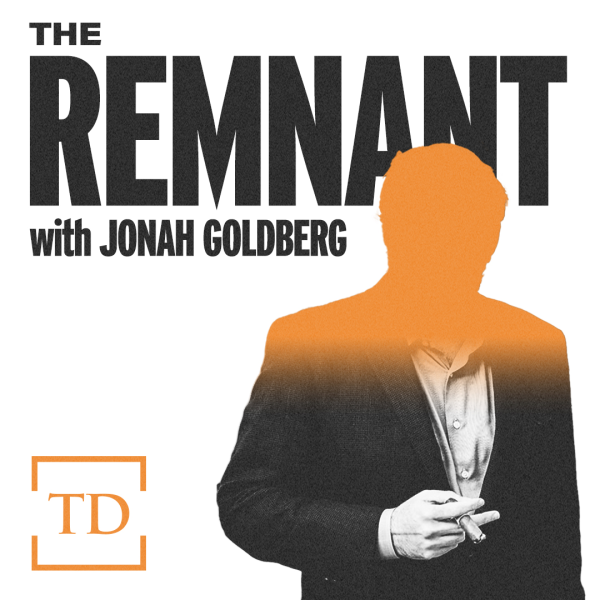At times over the summer, New York state seemed like it was on the cusp of containing the coronavirus that had ravaged it so brutally during the spring. Despite New York City’s density and status as a metropolitan transit hub, New York was one of just three states rated by the nonprofit Covid Act Now as being on track to contain the virus at the end of June.
In recent weeks, however, New York has slid away from its COVID-quashing goals, with new hotspots developing in Brooklyn, Queens, and suburbs just to the north. And Gov. Andrew Cuomo has found himself with a new coronavirus foil: local communities of ultra-orthodox Jews where participation in anti-virus measures like masking and social distancing has sometimes been subpar.
“The cluster is a predominantly ultra-orthodox cluster,” Cuomo told CNN Friday. “The issue is with that ultra-orthodox community.”
Last week, Cuomo cracked down on these communities, slapping heavy restrictions back on schools and houses of worship in places where the new breakouts have emerged. Jewish leaders reacted with dismay, trying (and failing) to block the new restrictions with a lawsuit and describing them as unfairly targeting Jews in particular. Orthodox Jews also took to the streets multiple nights last week, unmasked and in crowds, in protests where they proclaimed themselves “at war” with the state and city government, burned masks, and assaulted at least one person who was taking video of the scene.
In his public comments, Cuomo has alternated between cajoling and hectoring the protesters that they simply need to hunker down again until the virus begins to recede, suggesting that they have no one to blame for the renewed lockdown measures but themselves.
“To the extent there are communities upset, that’s because they haven’t been following the original rules,” he said on Wednesday. “That’s why the infection spread, because they weren’t following the rules and the rules weren’t being enforced.”
Cuomo’s frustration is understandable: The mathematics of exponential transmission with which we all became familiar this spring make it crucial to nip new outbreaks in the bud. But the governor would be on much firmer ground to make that case today if he hadn’t vacillated so much this year between the sober tones of the state’s foremost COVID communicator and the self-congratulatory spinning of a seasoned politician.
During the coronavirus crisis, perhaps only Donald Trump has wielded more power over anti-disease policy in America than Andrew Cuomo. In the first week of March, as the disease was beginning to become an object of immediate national anxiety but before anyone could guess the horrors to come, Cuomo asked the legislature to give him unprecedented emergency powers, including the ability to change or suspend state laws unilaterally provided it helped the state’s disaster response. Once those powers were approved, Cuomo wasted little time unlocking them for himself, declaring a state of emergency on March 7. (He has since made ample use of them, suspending or changing some 250 state laws under his emergency powers.)
At that point, Cuomo was still projecting an air of confidence in the state’s anti-virus infrastructure: “Everybody is doing exactly what we need to do,” he said March 2. “We have been ahead of this since day one.” A week later, he cautioned that “there is more fear, more anxiety, than the facts would justify.”
As the month stretched on, it quickly became clear that simply quarantining COVID carriers as they emerged was insufficient to the task at hand. New cases and public anxiety shot up in tandem. But as New York City Mayor Bill de Blasio publicly pushed on March 17 for the city to follow in San Francisco’s footsteps and implement a shelter-in-place order, Cuomo hesitated, worrying about the economic disruption and public backlash to such a drastic action. Not until three days later, March 20, did the governor decide to pull the trigger. By March 22, when the “New York on Pause” plan went into effect, more than 25,000 New Yorkers had already tested positive for the virus. The hesitation proved costly: One May study found that locking down one week earlier could have saved the lives of 17,500 residents of the metropolitan area.
Cuomo’s second major mistake came that same week. As the chaos accelerated and the danger of exceeding hospital capacity became apparent, the governor’s team scrambled to alleviate pressure on the state’s medical facilities. Hospitals warned that they would not be able to hold recovering patients for as long as they would ordinarily like. So, on March 25, an order went out from the state department of health: Nursing homes would not be able to refuse to admit patients on the grounds that they had tested positive for the coronavirus.
This order may have helped relieve the hospital crunch, but it contributed to a second crisis that proved just as deadly. The virus harrowed the state’s nursing homes, turning communities of shut-ins into ghastly petri dishes of infection, sealed hermetically from the world with the virus inside. Experts estimate that more than 10,000 residents died.
To what extent should Cuomo be faulted for all this? In one sense, it feels grotesque to guess. It’s impossible to overstate how chaotic those first few weeks were and how outmatched the U.S. testing operation turned out to be: The virus suddenly exploded into view all over, having been spreading quietly in America for significantly longer than authorities had thought. Cuomo was dealt a terrible hand in this respect, and while his response was plainly insufficient when viewed with the benefit of hindsight, it’s unclear whether another leader in his shoes would have done better.
What is clear is how Cuomo has dealt with these perhaps understandable blunders in the months since: by attempting to sweep them under the rug. In late April, during the thick of the carnage, the governor was frank about the relative slowness of the U.S.’s response, including his own: “I would feel much better if I was a bugle-blower last December and January,” he told HBO. “I would feel better sitting here today saying, ‘I blew the bugle about Wuhan province in January.’ I can’t say that.”
As spring has receded into memory, however, Cuomo has begun to strike a more triumphalist tone. “I put my head on the pillow at night saying I saved lives,” the governor said during a recent conference call. “That’s how I sleep at night.”
More galling has been Cuomo’s retconning of the nursing home decision. Cuomo has denied personal responsibility for the policy, which was reversed in May; aides told the Wall Street Journal last month that he wasn’t even aware of the directive prominently bearing his name until late April. And in July the state Health Department released a study—reviewed and edited by Cuomo’s office—insisting it wasn’t the reintroduction of COVID-positive patients that kicked off the nursing home crisis, but staff accidentally bringing the virus with them to work.
That study was savaged by a cornucopia of epidemiologists and other public health experts, who said it failed to actually assess the effects of the order and wouldn’t pass muster in a scientific publication. But Cuomo has nevertheless repeatedly insisted that it proves his office acted rightly. Nothing but “ugly politics” was behind “this political conspiracy that the deaths in nursing homes were preventable,” he said in July. A spokesman for the governor doubled down on the claim: “We’re used to Republicans denying science but now they are screeching about time, space, and dates on a calendar to distract from the federal government’s many, many embarrassing failures. No one is buying it.”
This month, Cuomo had evolved to saying that the policy never went into effect at all: “It just never happened in New York where we needed to say to a nursing home, ‘We need you to take this person even though they’re COVID-positive,’ he said during an October 1 press call. “It never happened.”
Other politically charged moments have cropped up periodically. Cuomo’s face-off with the Orthodox Jews comes just months after he expressed support for a different round of guidelines-flaunting protests following the death of George Floyd. “I stand with the protesters,” he said in May, “and I think all well-meaning Americans stand with the protesters.”
Nor has Cuomo’s misuse of pandemic science been limited to his effort to spin his nursing homes order. Defending his decision to close schools last week, Cuomo made the data-free claim that they tend to become virus hotspots: “Where does the virus mainly transmit? Schools, which are also the place where different communities come together, right?” Several doctors told The Dispatch that, more than a month into the school year, there remains no evidence that schools are contributing to viral spread.
From the early days of the pandemic, Andrew Cuomo has striven to cast his various COVID fights along a single interpretive matrix: him as the aggrieved, put-upon public servant just trying to follow the science, fighting the forces of selfishness, short-sightedness, and ignorance. But there’s no denying one thing: Even in a pandemic, old political habits die hard.
Photograph by Spencer Platt/Getty Images.








Please note that we at The Dispatch hold ourselves, our work, and our commenters to a higher standard than other places on the internet. We welcome comments that foster genuine debate or discussion—including comments critical of us or our work—but responses that include ad hominem attacks on fellow Dispatch members or are intended to stoke fear and anger may be moderated.